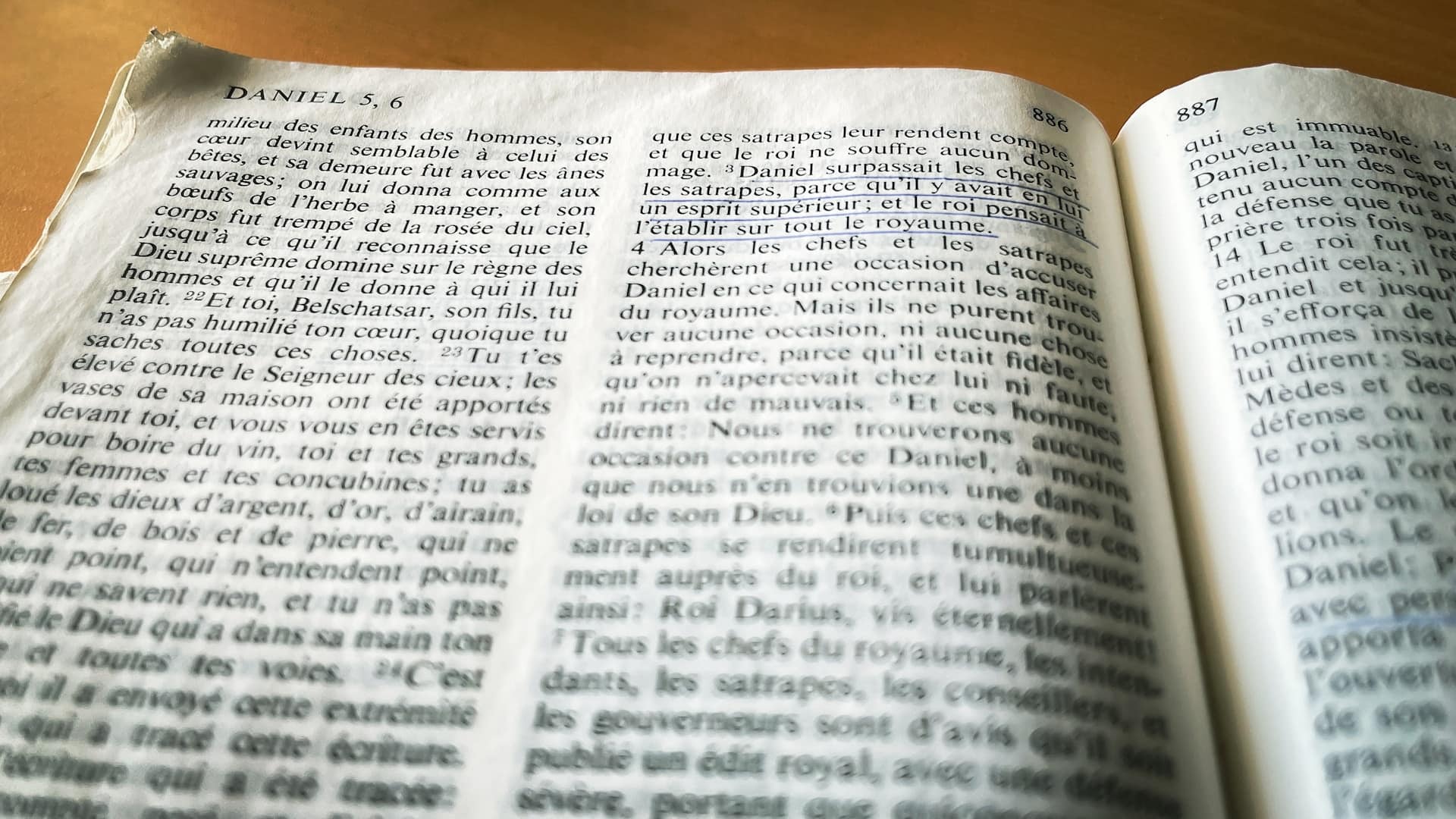
The book of Daniel is the shortest of the four major prophets. Yet for Seventh-day Adventists it is arguably the most important and most frequently studied book of the 16 major and minor prophets in the Old Testament. It records certain historical events in the life of Daniel and a number of dreams and visions given to the prophet and to Nebuchadnezzar, the king of Babylon.
We must distinguish between the classical prophecies as we find them in Isaiah, Jeremiah, Ezekiel, and the 12 minor prophets (Hosea to Malachi) and the apocalyptic prophecies in the book of Daniel. The term apocalyptic comes from the Greek word apocalypsis, meaning “an unveiling” or “a revelation.” While classical prophecy deals primarily with events and issues in the life of the prophets, e.g., Isaiah’s messages to the nations of Judah, Babylon, Moab, Syria, Cush, Egypt, and Tyre (1-23), the book of Daniel describes by means of symbolic visions the course of human history and the final advent of the kingdom of God.
The book of Daniel divides into two parts: the first six chapters contain primarily history; the last six chapters, mostly visions. The historical chapters illustrate how God vindicates and delivers those who remain faithful to Him in a hostile pagan environment. Thus, the good news that trials and temptations are followed by blessings for those obedient to God is proclaimed throughout these chapters. For example, in chapter 1 the four young Hebrews are tested concerning their commitment to the law of God. They are found faithful and are promoted to the palace of the king (verse 19).1 The climax in each narrative chapter is the elevation of the worshippers of the true God, while the visions end in the establishment of the kingdom of God (Dan. 7:27; 8:26; 12:13).
Characteristics of Daniel’s Prophecies
The Principle of Repetition—The visions in Daniel 2, 7, and 8 deal with world history; chapter 9 announces the time of the Messiah’s appearance; and chapters 10-12 contain the most detailed prophecy of future events in the Old Testament. We do well to remember, therefore, that the great prophecies in Daniel are given according to the principle of repetition and enlargement. These prophecies begin either in the days of Babylon (Daniel 2 and 7) or Medo-Persia (Daniel 8-12), but they each climax in the establishment of the kingdom of God—except Daniel 9, which ends with the destruction of Jerusalem. Daniel 2, 7, and 8 all deal with the same powers; chapter 7 enlarges the outline of chapter 2, chapter 8 enlarges the outline of chapter 7, and the vision of Daniel 10-12 enlarges the prophecy of Daniel 8.
The Great Controversy—In the introduction to the last vision, in Daniel 10:13 we see the cosmic dimension of the great controversy. Probably no other text in Scripture describes more clearly the struggle between the invisible powers that control and influence nations than verse 13. “But in the Word of God the curtain is drawn aside, and we behold, behind, above, and through all the play and counterplay of human interests and power and passions, the agencies of the all–merciful One, silently, patiently working out the counsels of His own will. The Bible reveals the true philosophy of history.”2
The Year-Day Principle—An important element of Daniel’s prophecies is the fact that they are interpreted in accordance with the historicist method of interpretation, which includes the year-day principle, according to which a day in prophecy is a literal year. Thus the 1260 and 1290 days (Dan. 7:25; 12:11) are 1260 and 1290 years in literal time.
Jesus Is the Center—When studying Daniel’s prophecies, we must not forget that Jesus is at the center of this book: He is the stone in chapter 2, He is the man in the fiery oven in chapter 3, He is the Son of man in chapter 7, He is the Prince of the host in chapter 8, He is Messiah the Prince in chapter 9, and He is Michael in the last vision in chapters 10-12. Daniel is primarily a book for the “time of the end.” Matthew 24:15 refers to the time of the end prior to the destruction of Jerusalem in A.D. 70: “ ‘Therefore when you see the “abomination of desolation,” spoken of by Daniel the prophet, standing in the holy place’ (whoever reads, let him understand).”
The Importance of Judgment—Daniel means “God is my judge,” and throughout the book we find explanations of that truth. The book begins and ends with references to judgment: at the beginning, apostate Judah is judged (Dan. 1:1, 2); at the end, the king of the north (Dan. 11:40-45). In the middle of the book (Dan. 7:9-13) God is portrayed as the Ancient of Days surrounded by the multitudes of angels with the books of judgment open. This pre-Advent or investigative judgment is important for the following reasons:
• Its historical importance lies in the fact that it provides an explanation for the disappointment in 1844. The recognition that Jesus in 1844 began the second phase of His ministry in heaven explains why He did not come to this earth on October 22, 1844.
• It is theologically important because in the pre-Advent judgment, the loving character of God, which has been in dispute through the controversy with Satan (Rev. 12:7-9), will be vindicated. The main task of the book of Daniel is to prepare Christ’s people for the last days, for the “time of trouble.” Hence, we do well to heed Ellen White’s counsel: “As we near the close of this world’s history, the prophecies recorded by Daniel demand our special attention, as they relate to the very time in which we are living.”3
1 See also Dan. 2:48, 49; 3:30; 5:29; 6:28.
2 Ellen G. White, Education (Mountain View, Calif.: Pacific Press Pub. Assn., 1903), p. 173.
3 Ellen G. White, Prophets and Kings (Mountain View, Calif.: Pacific Press Pub. Assn., 1917), p. 547.